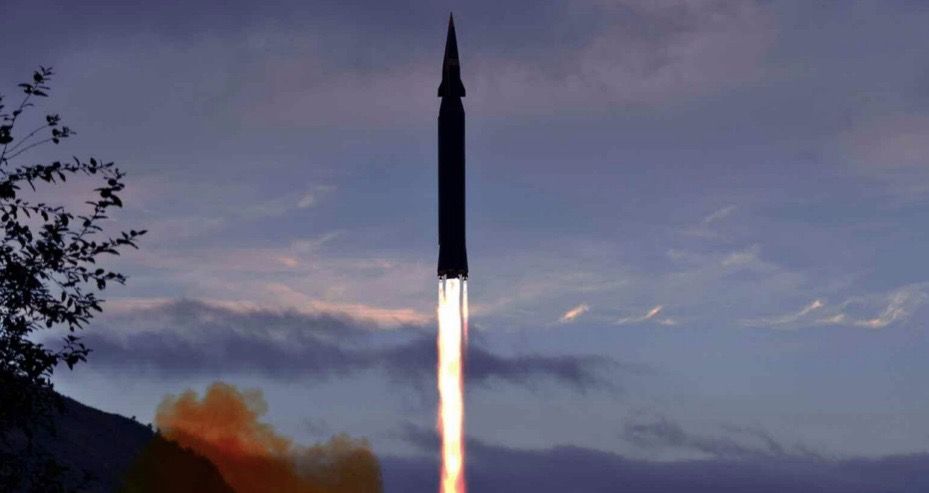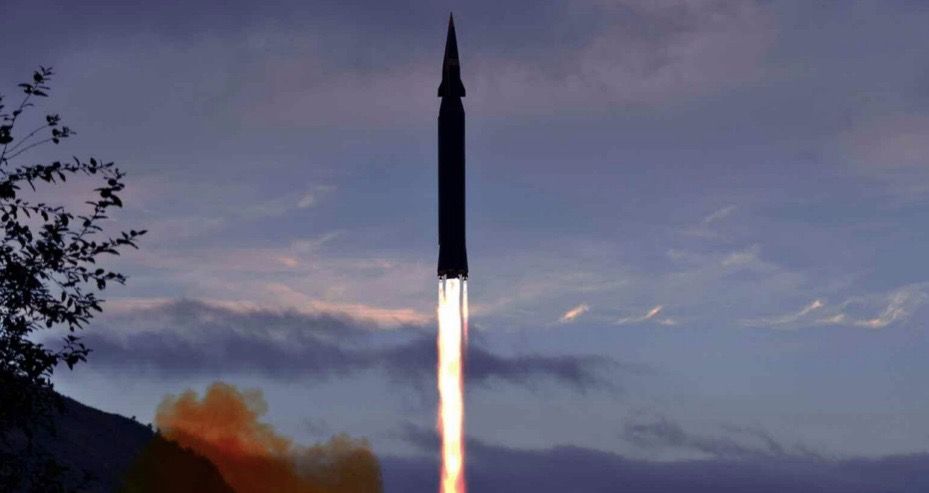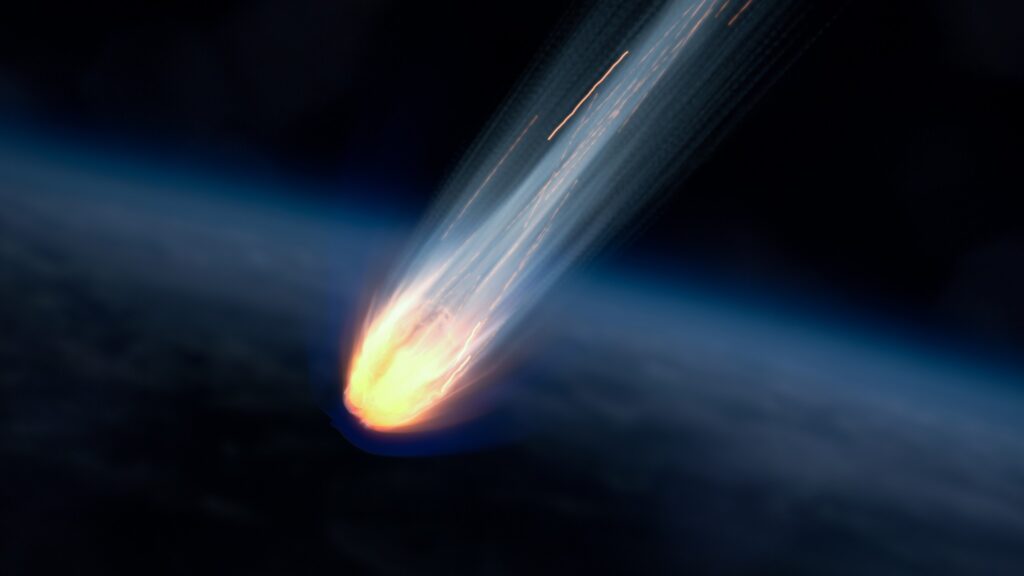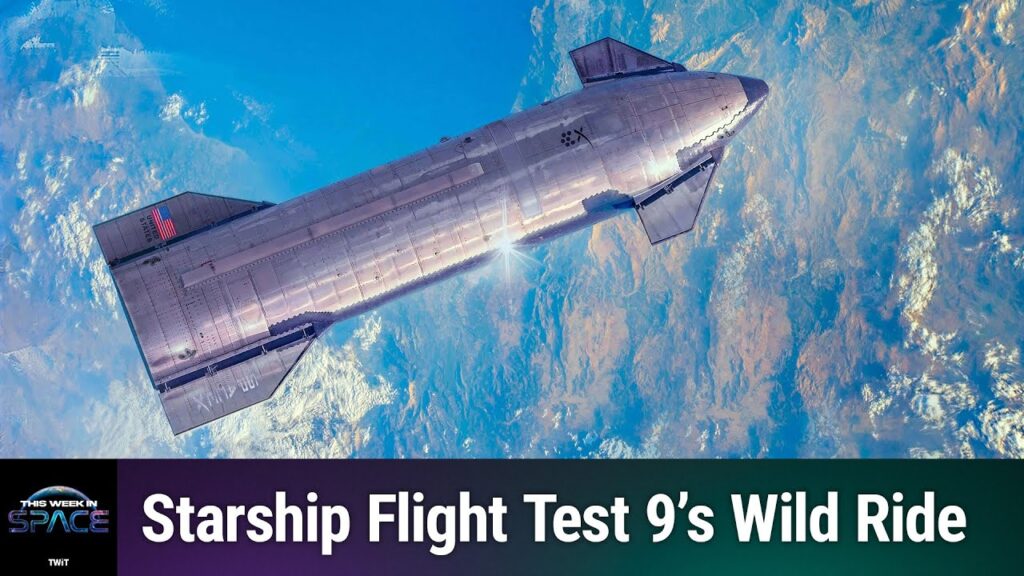
North Korea is apparently getting into the hypersonic arms race.
The nuclear-armed nation conducted a test launch Tuesday (Sept. 28) of a new “hypersonic missile” called Hwasong-8, state-run outlet KCNA reported on Wednesday (Sept. 29), according to KCNA Watch, which aggregates news released by official North Korean media.
Hwasong-8 was topped with a hypersonic gliding vehicle (HGV) warhead, KCNA wrote. Hypersonic craft travel at least five times faster than the speed of sound, or Mach 5, and are highly maneuverable. They’re much tougher to track and intercept than intercontinental ballistic missiles, which follow predictable trajectories.
Related: North Korea’s rocket and missile program (photos)
The United States, Russia and China have prioritized the development of hypersonic weapons in recent years. The U.S. has been working on a number of different hypersonic designs over the past decade, for instance, and scored an important success with one, the Hypersonic Air-breathing Weapon Concept, during a trial last week, Pentagon officials announced Monday (Sept. 27).
KCNA declared Tuesday’s Hwasong-8 mission, which launched from North Korea’s east coast, a success as well.
“In the first test launch, national defense scientists confirmed the navigational control and stability of the missile in the active section and also its technical specifications, including the guiding maneuverability and the gliding flight characteristics of the detached hypersonic gliding warhead,” KCNA’s report reads.
Outside experts aren’t so sure, however. Missile specialist Chang Young-keun told Reuters that the Hwasong-8’s HGV reached a top speed of just Mach 2.5 during Tuesday’s test, citing analyses by South Korean military intelligence.
“The North’s HGV technology is not comparable to those of the U.S., Russia or China and for now seems to aim for short-range that can target South Korea or Japan,” Chang, who’s based at the Korea Aerospace University in Goyang, South Korea, told Reuters.
In addition, South Korea’s Joint Chiefs of Staff believe that North Korean hypersonics tech is far from battle ready and that both the U.S. and South Korea are capable of detecting and neutralizing the Hwasong-8, the BBC reported Wednesday.
Related stories:
As the BBC noted, Tuesday’s test was the third missile launch that North Korea has performed in September, suggesting that the nation may be accelerating some of its weapons programs. Work on those programs has proceeded despite numerous sanctions imposed over the past 15 years by the United Nations Security Council, as well as the United States and some of its allies.
North Korea is an isolated autocracy run by the dictator Kim Jong-un. In recent years, the nation’s top officials have repeatedly indulged in saber-rattling against North Korea’s perceived enemies — for example, threatening to turn major U.S. cities into “seas of fire.” North Korea possesses nuclear weapons, which gives such threats an edge and explains why experts track the country’s rocket and missile programs so assiduously.
Mike Wall is the author of “Out There” (Grand Central Publishing, 2018; illustrated by Karl Tate), a book about the search for alien life. Follow him on Twitter @michaeldwall. Follow us on Twitter @Spacedotcom or Facebook.



